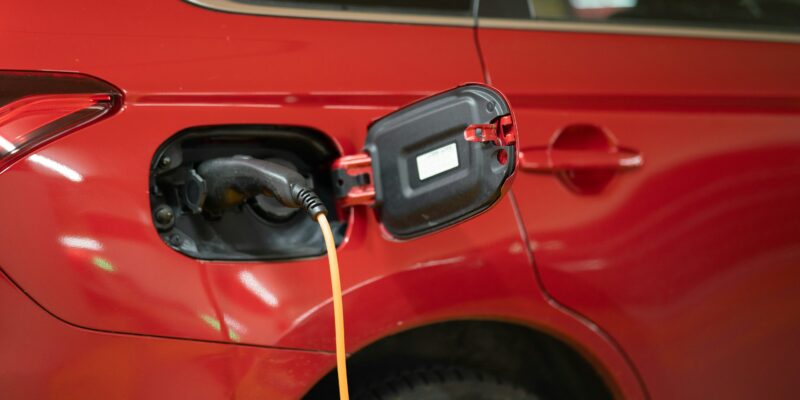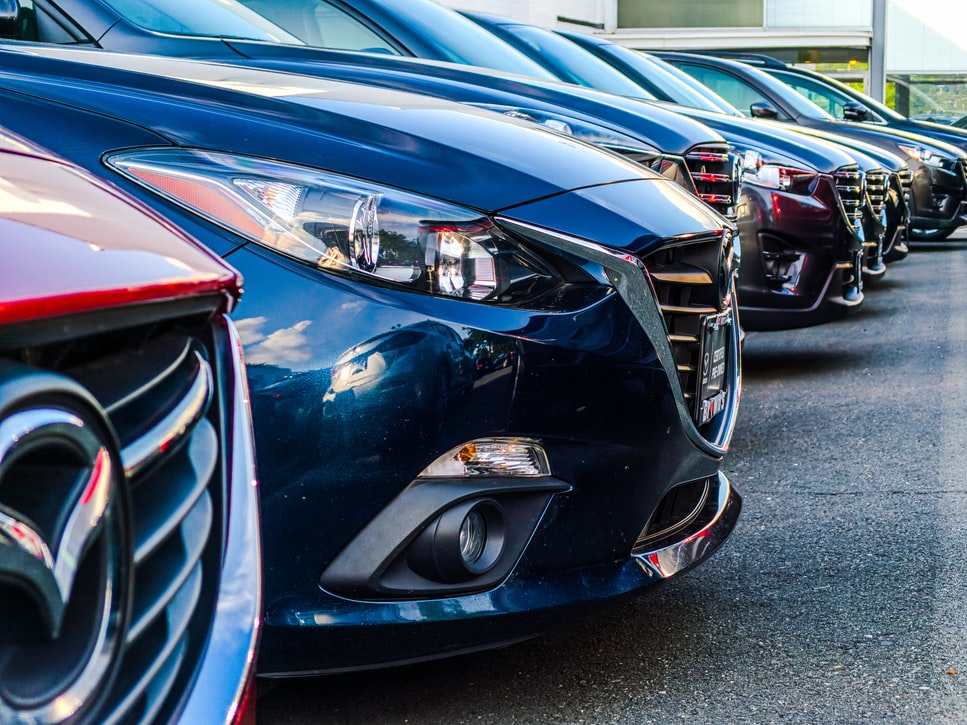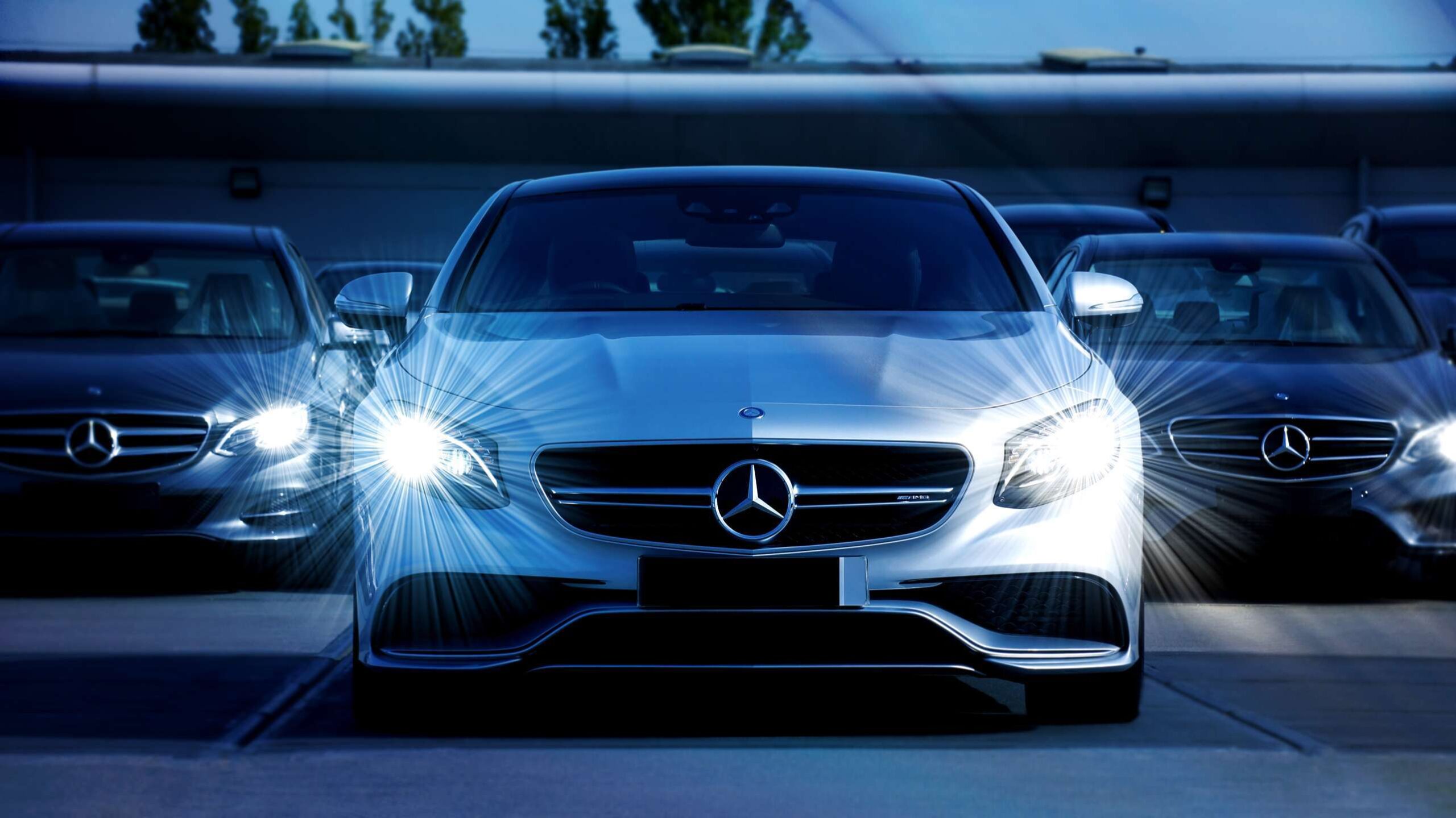EV Battery Prices Have Dropped: What Does That Mean For Consumers?
Within electric technology, the heart of the vehicle is its battery. The battery powers the car, and its size and wattage determine how fast and long it can drive before stopping to be charged. A serious and valid concern for many consumers when thinking about changing from combustion engine cars to electric ones is the price and longevity of the battery. Well, it seems that the cost of electric vehicle batteries may not be a problem any longer.
The price of EV batteries in China is reducing as the cost of lithium iron phosphate battery cells has dropped by 51% and now has an average price of $53 per kilowatt-hour. For reference, the average price last year globally was $95 per kilowatt-hour. As many automotive companies manufacture batteries for their vehicles in China, this reduction is starting to ripple around the global vehicle market.
What is causing the price of EV battery materials to drop?
There are several factors at play, with the first and most important being the raw materials used within the batteries. The cathode within the battery is the most expensive part of the battery and accounts for most of the cost. However, this part has reduced significantly over the last year and a half. It has fallen from 50% at the start of 2023 to 30% or less in 2024. So, the overall manufacturing costs are reduced.
The second factor is that China’s battery production is already surpassing the global consumer demand for EVs. When a product is overstocked, the price decreases to entice companies to buy a surplus. This overstock problem is forecast to actually increase before it gets better. Consumers are slower to change to EVs than believed.
Also, overstock has manipulated companies into competitive shakeouts that improve their efficiency and develop the newest production technology. As capacity utilization in China dropped from 51% in 2022 to 43% in 2023 and has fallen again this year, it has affected vendors’ profit margins. It is believed that the average price of battery manufacturing is very close to that of lithium iron phosphate cells, indicating that vendors’ profits are reducing.
New and improved products at a rapid rate
Along with these factors, many manufacturing and technological advancements are happening. Both CATL and BYD, which are two of the most prominent players in battery technology in China, are still investing heavily in research, development, production efficiency, and the expansion of production plants. Due to all of this investment, they are releasing new and improved products at a rapid rate.
All of these together mean that experts forecast lower prices for the next few years.
But how will these affect automotive consumers?
Lithium iron phosphate battery packs are now priced at $75 per kilowatt. This means that electric vehicles can be priced similarly to or even below combustion engine vehicles. China is the biggest automotive market in the world. Not to mention, over two-thirds of battery-powered vehicles are the cheapest car to buy in the country. Also, there are launch plans in 2025 and 2026 for even cheaper EVs. This shift in China will ripple throughout the global market, and consumers could see reduced prices for EVs in many countries. It sparks good news for EV manufacturers. Particularly those who have previously paid a high premium for EV batteries to claw back some of their investments.
Overall, this means electric vehicles will become more competitively priced for consumers considering changing from traditional cars. There will be less of a financial strain on people when the cost of living is still so high. Also, it puts many consumer concerns over the price of replacing an EV battery as they are now heavily reduced in price compared to two or more years ago. The future of the EV industry is looking bright.














